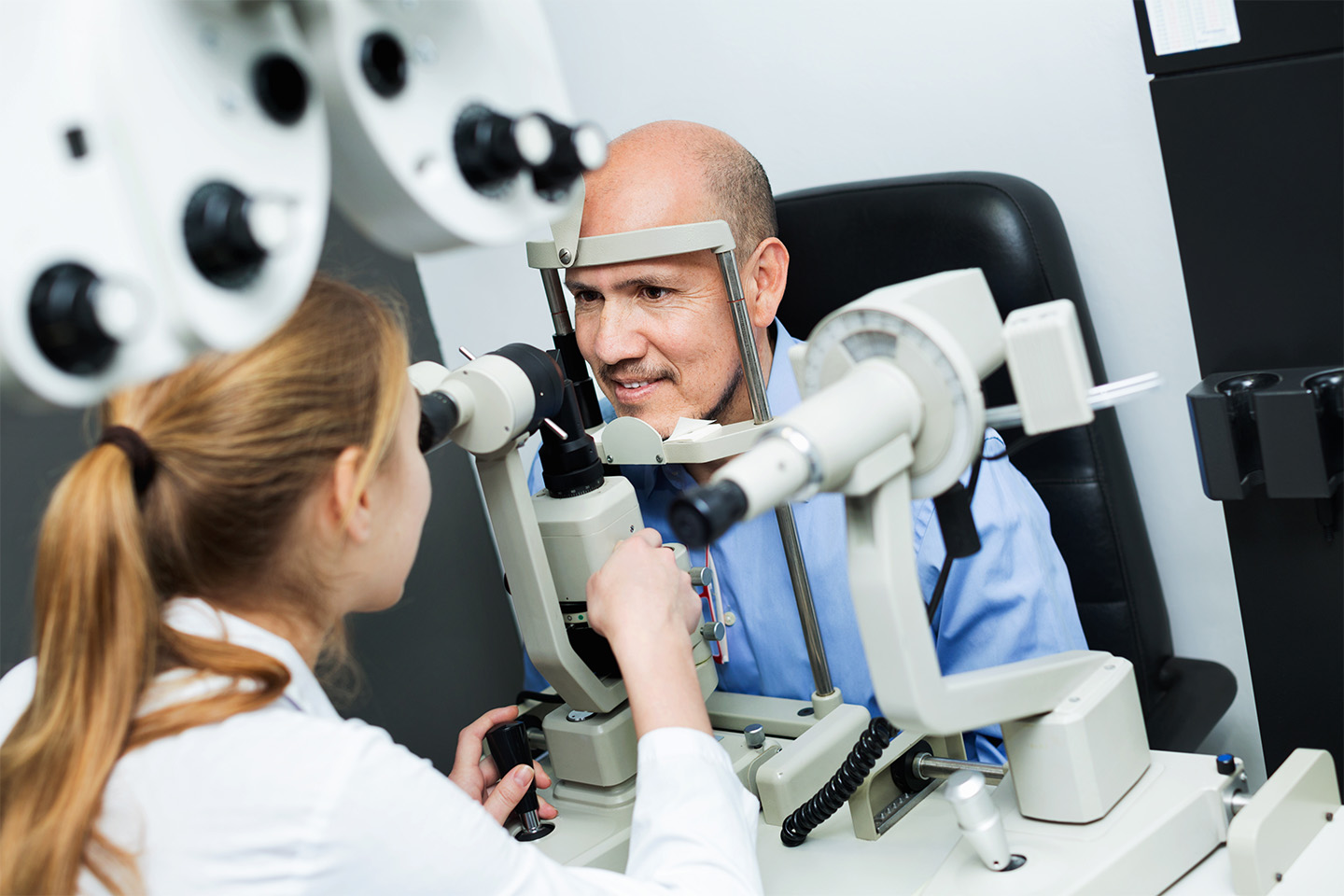What are the Different Types of Cataracts?

What’s the difference between types of cataracts?
The three types of cataracts: Subcapsular, Nuclear and Cortical
So what exactly is a cataract?
First of all, it is not a growth. This tends to be one of the largest misconceptions surrounding the condition of cataracts. Instead, cataracts are the clouding of the eye’s natural lens that blocks it from properly focusing light on the retina. This is what creates the various symptoms associated with cataracts, such as blurry vision, glare, poor night vision, double vision, faded colors or frequent changes in prescription.
Type of Cataracts
Subcapsular Cataracts:
Normally, patients reporting halos or glare around lights and trouble reading are dealing with a subcapsular cataract. These cataracts form at the back of the lens and tend to affect people with diabetes or extreme nearsightedness. They also are the most rapidly developing type of cataract, as they can become visibly noticeable within months.
Nuclear Cataracts:
In the majority of cataract cases, a nuclear cataract is a type we are looking at. These cataracts are usually associated with aging. The cause of a nuclear cataract involves the gradual hardening and yellowing of the eye’s natural lens over time. This being said, it may take several years for the cataract to progress to the point of affecting vision.
One strange symptom of a developing nuclear cataract is what we call “second sight.” This is where the close-up vision or ability to focus temporarily improves due to the cataract progression.
Cortical Cataracts:
The third of the three types of cataracts is a cortical cataract which gets its name from where in the eye it forms, the cortex (outside edge of the eye). These cataracts take a wedge form and create a spoke-like pattern as they work their way from the edge of the lens to the center. These spoke-like cloudy areas of a cortical cataract can cause blurred vision, glare, and issues with depth and color perception. These symptoms are due to the way the cloudiness of the lens causes light to scatter abnormally through the lens.
Cataracts Cause Vision Loss
As the most common cause of vision loss in individuals over the age of 50, according to the National Institutes of Health, cataracts currently affect more than 22 million Americans age 50 and older. By the year 2020, they also are estimated to affect more than 30 million Americans as the United States population ages, according to Prevent Blindness America.
Although the majority of cataract cases are found in the older population, they also can be found in younger generations and even in newborn babies. This is why it is important to have your eyes checked annual no matter your age!
Overcoming Cataracts
For those who have already been diagnosed with cataracts, we encourage you to join the more than 2 million men and women who undergo cataract surgery every year, making the procedure one of the most common medical procedures in the United States today.
There are various options you can choose when it comes to your cataract treatment, and we want to help find the right fit for you.
Through the development of new technology, it is now possible to go from cloudy lenses causing blurred vision with faded colors, to brand new vision. We are talking about the possibility of never wearing glasses again! The ability to see your golf ball go all the way down the fairway. The chance to see your grandkids kick the game-winning goal. The opportunity to take in the vivid colors of your next vacation.
This is all done through the implantation of LifeStyle lenses, or intraocular lenses during cataract surgery. The LifeStyle Lens replaces the focusing power of the eye’s natural lens. These LifeStyle Lenses give many people the freedom to reduce or eliminate their dependence on corrective lenses after cataract surgery.
If you or someone you know may have a cataract, we encourage you to visit us for a cataract evaluation. At Swagel Wootton Eye Care, a Center of Excellence, our experienced surgeons have helped thousands of patients achieve better vision with cataract surgery. To schedule your appointment and discuss removing your cataracts in Mesa or Chandler, simply call 480.641.3937.









